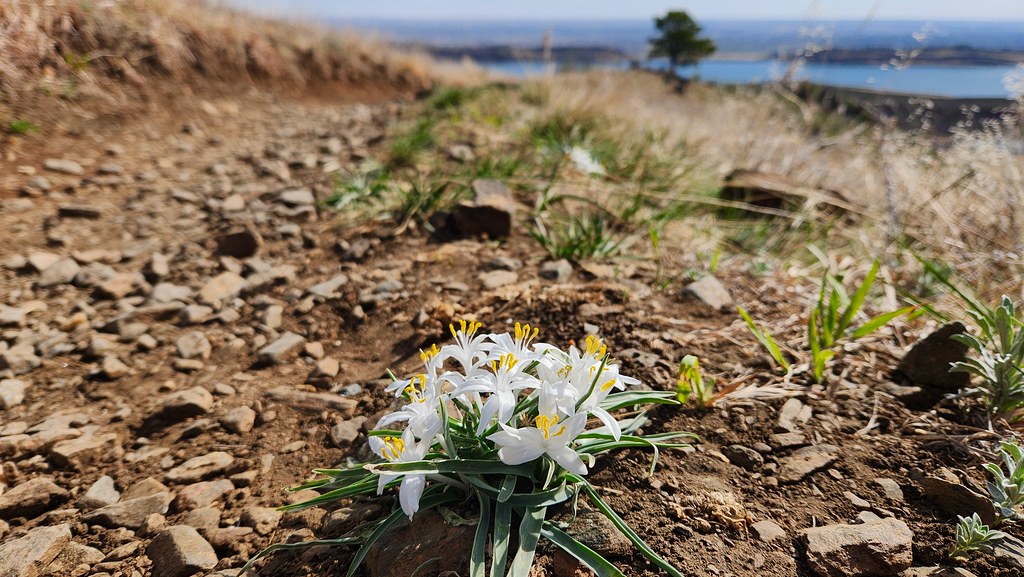Bear training week 18 recap
Week 18 was my biggest, most social, most fun, and most satisfying week yet. I did a gravel ride with a friend on Wednesday, hiked to the alpine tundra in Rocky Mountain National Park with my daughter on Thursday, ran in 35 °C heat on Friday, and then treated myself to a fast run up and down Horsetooth Mountain early this morning.
Outside of training, I quit taking Naproxen, continued passive and active heating training, and started seeing a physical therapist about my Achilles tendinopathy. I learned that part of the solution will be loading my calf muscles, but without lengthening the muscle and thus stressing the tendon. The therapist also reassured me that I can run when it feels good. I don't need a boot or crutches or anything like that.
Here are the numbers for the week:
20.3 miles running (and hiking)
14 hours, 59 minutes all training
4,187 feet D+ running (and hiking)
The hike to Flattop Mountain in Rocky was super fun. I loved the chance to spend all day with my adult kid and help her kick off a "couch to Fourteener" program. It was my first trip on foot this season to treeline and above, and I felt good. I was also impressed at how well my Salomon Ultra Glide shoes served on an alpine trail. I'll feel confident wearing them at Never Summer or The Bear, as long as conditions are mostly dry.

A human sitting on a rock overlook, facing a gorge and granite peaks with some stripes of snow.

A smooth trail through rocks and tundra well above treeline.
Yesterday (Saturday) I went for a nice long bike ride in the heat of the day. Today I got out of bed early to run in the coolest part of the day. I took just one handheld bottle (2 scoops of Tailwind) and hiked and ran to Horsetooth Mountain via the Spring Creek Trail. I went pretty hard and was just a little off my personal bests (from 2021) for some of the long uphill segments. I'm very excited about this. Consistent training, even if not in my favorite form, has been working.
Coming off the summit, I met a friend and chatted for a while, and then headed down, down, down to my car. I had to take a short walking break after a sharp rock strike on one of my heels, but was otherwise able to run three miles to the bottom without riding my brakes.
Next week is a scheduled rest week. I plan to do some high intensity workouts of shorter duration, some recovery rides, short easy runs, yoga, Pool HIIT, and sauna sessions.

Mount Milner and a green valley south of Horsetooth Mountain.








